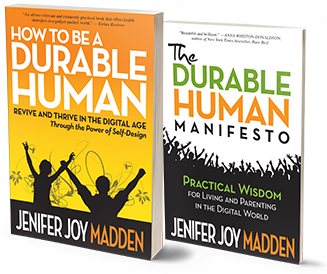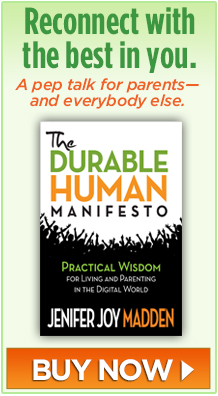 Will vehicles which drive themselves help or hurt us as human beings? It may not be an either/or proposition.
Will vehicles which drive themselves help or hurt us as human beings? It may not be an either/or proposition.
In today’s Washington Post I paint a picture of how an edge city near Washington, D.C. can be wired with a system connecting smart phones with self-driving cars, buses and trucks. We hear from robotics expert Robert Finkelstein and consultant Richard Bishop who say we’ll gain productive time if we aren’t driving or caught in traffic. We’ll be safer, too. Smart vehicles have onboard sensors which are being shown to dramatically reduce crashes. Plus they never get tired or distracted.
This technology isn’t right around the corner – it’s already here. Worldwide, Google and at least eight car manufacturers are testing self-driving vehicles, which can legally operate on highways in California, Nevada and Florida. Shuttles with no drivers are already in use at London’s Heathrow Airport.
But if we don’t drive ourselves, will we be less durable? Do we lose our purpose?
For humans to remain durable, we need to be self-directed, have genuine relationships with other people, and the free time to explore our interests so we keep coming up with new ideas. If cars drive us, we can do other things with our time and have more of it to spend on each other.
But no matter who (or what) is driving, sitting in a vehicle is sedentary. If we walk or pedal a bike, we propel ourselves – maximizing freedom, strengthening body and spirit, and being in better touch with the natural world around us. Unfortunately, though, that form of travel isn’t great for long distances. Meanwhile, public transit will continue to enhance personal liberty even if buses and trains drive themselves.
So, it appears robot vehicles are neither curse nor panacea, but updated tools in our travel arsenal – labor-saving devices akin to the automatic dishwasher.
As Richard Bishop puts it, self-driving vehicles “unleash the human potential to do more magnificent things than moving a machine around. I like to use the words ‘unnecessary suffering’. A traffic jam is unnecessary suffering. Technology is one way to solve it.”




Sustainability is one of the goals that driverless technology can be employed to achieve, but it is likely a far more powerful tool than most people realize. After all the driver is the key component of the car, and the car is at the center of the largest transport infrastructure ever created, therefore the implications of replacing the driver with high speed, interconnected, and endlessly upgradable control system are significant.
I’ve been looking at the subject from the sustainability angle at my blog Apeless Carriage, but its a big subject and bound to get bigger. Its great to see more and more people thinking about practical applications.
Well, maybe now the human will become the center of the largest transport infrastructure ever created.
DL is a good start, but what about taking the next step? DL from home to elevated guideway, guideway (at 120 mph) to exit, DL to destination. Then, instead of taking up valuable parking space, your DL is put out to hire, making you money while you make money. At the appointed time, DL picks you up and off you go home. Good bye transit. Hello future.
Simple, green, fast, safe, and much cheaper than any other alternative.
Absolutely right, Dave. I think Uber and Buzcar should be all over this. So much land could be reclaimed if cars were constantly on the move. Not sure that transit needs to go away, though. It certainly will be needed for long distances or as shuttles in urban cores (would be too many cars running around). Plus – multiple-person vehicles might be cheaper for some passengers to use than individual cyber cars.